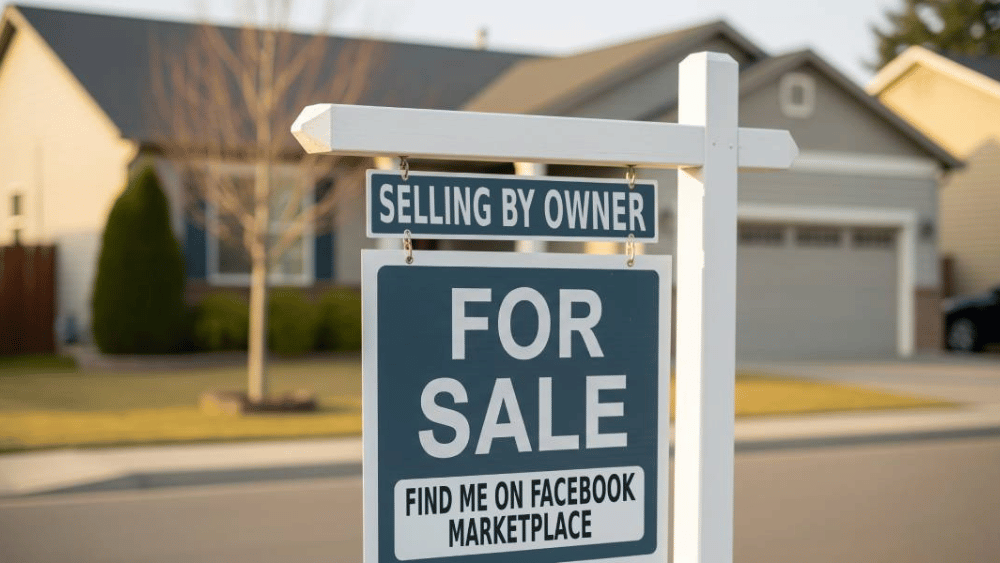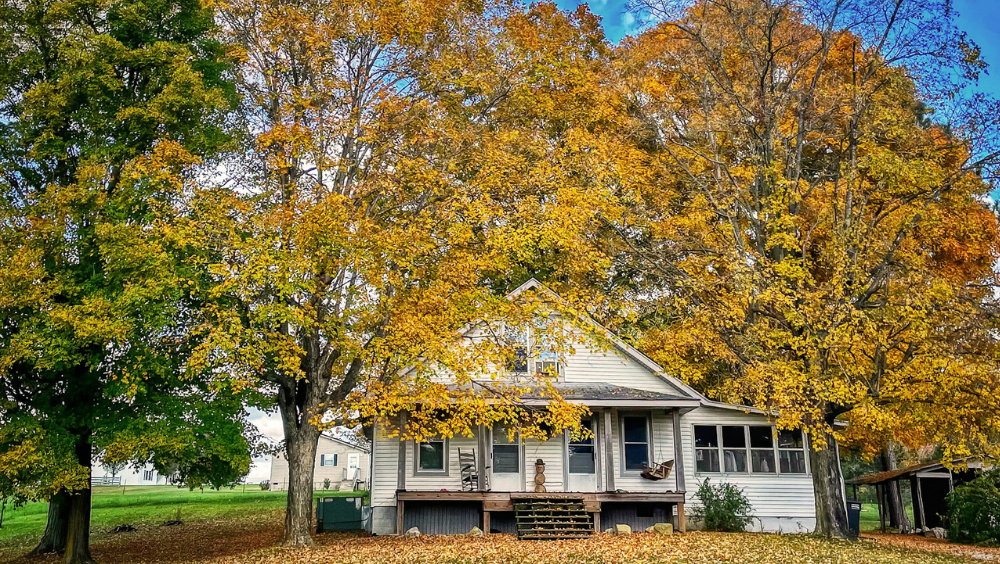Record-high home prices and persistently elevated mortgage rates have made the housing market difficult for homebuyers and the industry alike — and not even this year’s significant growth in supply seems to be helping.
It’s been particularly difficult for prospective buyers who are currently renters, as renters are dealing with an affordability crisis of their own. Zumper’s National Rent Index shows that while rent growth is leveling off, the median one-bedroom asking rent is currently $1,520 per month, with two-bedroom units at $1,910.
While these numbers are high to the naked eye, they’re even higher when placed in context of what renters earn. The annual Out of Reach report from the National Low Income Housing Coalition (NLIHC) does just that, and the data shows in no uncertain terms why making the jump from renting to owning has been so tough.
On a conference call with members of the press, NLIHC CEO Renee Willis stressed the need for federal action.
“We need major investments in rental assistance, in the preservation and development of affordable and accessible housing, and in stronger tenant protections. We need bold leadership that centers those with the greatest needs,” Willis said.
Rent affordability chasm
NLIHC calculates that, based on fair market rents provided by the U.S. Department of Housing and Urban Development (HUD), one would need to make an hourly wage of $33.63 to afford a “modest” two-bedroom rental. For a similar one-bedroom rental, an hourly wage of $28.17 is needed.
The problem for renters is that the majority of them don’t make that — and in most higher-priced metro areas, even fewer can afford it. NLIHC broke hourly wages into percentiles to see which portions of the population can afford one- and two-bedroom rentals.
The 60th percentile makes an hourly wage of $29.89, enough afford a one-bedroom rental but not a two-bedroom. The 70th percentile earns an hourly wage of $36.08, which makes a two-bed unit affordable.
Multiple jobs often needed
While looking at affordability through the lens of hourly wages, the gap between wages and rents is even more striking when put in terms of the number of full-time jobs a minimum-wage worker needs to afford a two-bedroom rental at a fair market rent.
One might think a minimum-wage worker would need more jobs in higher-cost states like New York, California and Illinois. But that’s not the case, since each state has its own minimum wage and some default to the federal minimum wage of $7.25 per hour.
The states that use the federal minimum wage are the ones where minimum-wage workers need the most full-time jobs.
In New Hampshire, a minimum-wage worker needs to have 4.8 full-time jobs to afford a two-bedroom rental. Georgia and Texas — which are generally low-cost states — are next at 4.1 jobs. Utah (4), Idaho (3.8), Pennsylvania (3.8), North Carolina (3.8) and Tennessee (3.8) follow.
High-cost states compare favorably because they tend to set their own minimum wages higher than the federal standard. A minimum-wage worker in New York or California would need three jobs to afford a two-bed unit, with Massachusetts (3.1), New Jersey (2.6), Washington, D.C. (2.5) and Illinois (2) also showing higher levels of affordability.
Race and gender weigh heavily
While affording a rental is challenging across all demographics, it’s even more stark among women and minorities.
White men who earn $30.53 per hour — which is the median wage for their demographic — can afford a modest one-bedroom rental, which requires an hourly wage of $28.17. But that’s the only demographic in the NLIHC report who can afford any type of rental.
With a median wage of $19.95, Latina women have the hardest time affording a rental, followed by Black women ($21.25), Latino men ($22.23), Black men ($22.60) and white women ($25.31).
“Not everyone benefits equally from their labor,” NLIHC researcher Dan Emmanuel said on the media conference call. “So we also want to consider how potential racial and ethnic disparities in wages factor into the housing affordability issue.
“And when we do that, we see Black and Latino workers face larger gaps between their wage and the cost of rental housing than white workers.”


















 English (US) ·
English (US) ·